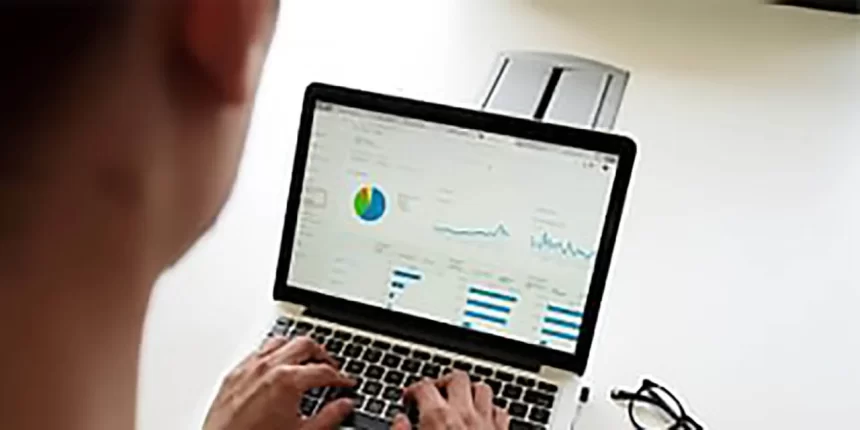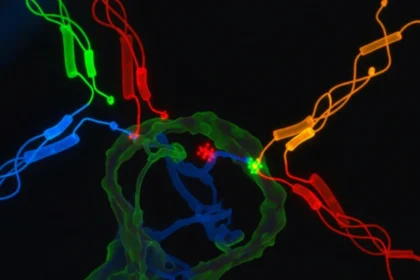The number of internet users has exploded with the continuous adoption of cloud computing, mobile network, big data, and SDNs. To catch up with the fast-changing trends with wireless connectivity and the internet, companies have endeavored to have more cloud adoption for various business activities. For years, cloud computing has offered a secure and managed way to achieve reliable remote access. It does, however, lack the capacity to process the gathered data from the edge of the network, which is a point where a network owned by an organization links to a network of third parties. In recent years, this challenge is addressed by edge computing as it offers better latency.Edge Computing vs Cloud Computing.
Edge Computing
It can be defined as computational data processing away from the centralized infrastructure and close to the logical edge of networks facing individual data sources. It can also be outlined as a distributed architecture of the IT network enabling mobile computing for locally produced data. In addition to reducing network storage and bandwidth requirements, it decentralizes computing power instead of sending data to data centers to ensure real-time processing without latency.
Take autonomous cars for a good example. Road safety is the most important aspect of driving for any autonomous vehicle. In order to drive safely, these autonomous cars must be able to identify obstacles or people in real-time and hit the brakes if anything is in their way. This will require information about visual processing and quick decision-making, which is done utilizing edge computing. It takes about 100 milliseconds for the data to be transmitted between the sensors of the car and the data centers in the cloud, this figure may seem easy, but it is not in driving. This delay or the data transmission period has a significant impact on the self-driving cars’ reactions. In contrast, edge computing speeds up the process and lowers the load on the networks to improve the autonomous car’s performance. Here speed has become one of technology’s crucial highlights, just like edge computing.
Cloud Computing
The cloud is a set of various hardware and software that operate together to provide numerous computing functions as online services to end-users. From playing online video games to banking and watching Netflix, we already use cloud services in our everyday lives. Instead of building in-house data centers, migrating to cloud computing services reduces the burden a company has on investing heavily in setup and maintenance. With its extensive usage, cloud computing has many benefits, such as:
- Scalability: It allows companies to start small cloud implementations and to grow efficiently as time goes by. It also helps companies to scale up by adding extra resources as and when required, allowing them to meet the rapidly evolving demands of customers.
- Maintenance: If data centers are in-house, companies have to maintain data centers on their own. With cloud computing, however, cloud providers maintain the systems themselves.
- Cost-saving: When it comes to increasing their computing resources, businesses substantially reduce both operating and financial costs.
- Resource Pooling: The same spaces can be shared by multiple users and resources and can be delegated and distributed as needed. Users from anywhere in the world is granted equal access to the services.
Edge vs. Cloud Computing: Which is Better?
The adoption of edge computing has dramatically increased with the rise in demand for real-time applications. Although centralized cloud computing systems provide easy access and collaboration, they are remote from data sources. This, therefore, involves data transmission, which, due to network latency, leads to delays in processing the information. Today’s technology aims to offer superior customer service through low latency and high speed. But for every need, one cannot afford to have cloud computing.
Though the cloud has some advantages, edge computing has more advantages when compared:
Speed: All the raw information the cloud operates is via the edge devices that collect and send data. The tools at the edge have a small role to play in sending only raw information and receiving processed cloud data. However, the exchange that takes place can only be used for the applications where the time delay is permitted. Edge computing thus provides better performance and low latency, providing the possibility to view input data close to the source. It provides more scope for applications requiring resources in real-time.
Low Cost of Access and More Security: Edge computing helps companies to process data at source rather than straining data at the central data center. It leads to less transfer of confidential information from businesses between computers and the cloud, which is safer for the security of organizations and their customers. Reducing data movement often lowers costs, as it removes the need for storage requirements.
Better Data Management: The connected devices are projected to hit approximately 20 billion by 2020, according to the estimates. Edge computing takes a strategy where it tackles specific special needs systems, opening up cloud computing to act as a tool for general usage. For instance, the best route from a car’s GPS to a destination will come from studying the local areas rather than the carmakers’ data centers, which will be far away from the GPS. This results in lower cloud dependence and helps the better performance of applications.
Conclusion
Although edge computing has more advantages than cloud computing, it would be incorrect to assume that edge would overtake cloud computing altogether. Choosing which one organization should select is best left because they decide according to their needs. Picking between these two would be like choosing a luxury sports car or a more spacious family vehicle. It depends on what you want. Identify your needs, compare them to costs, then determine and pick which one is the best option.









